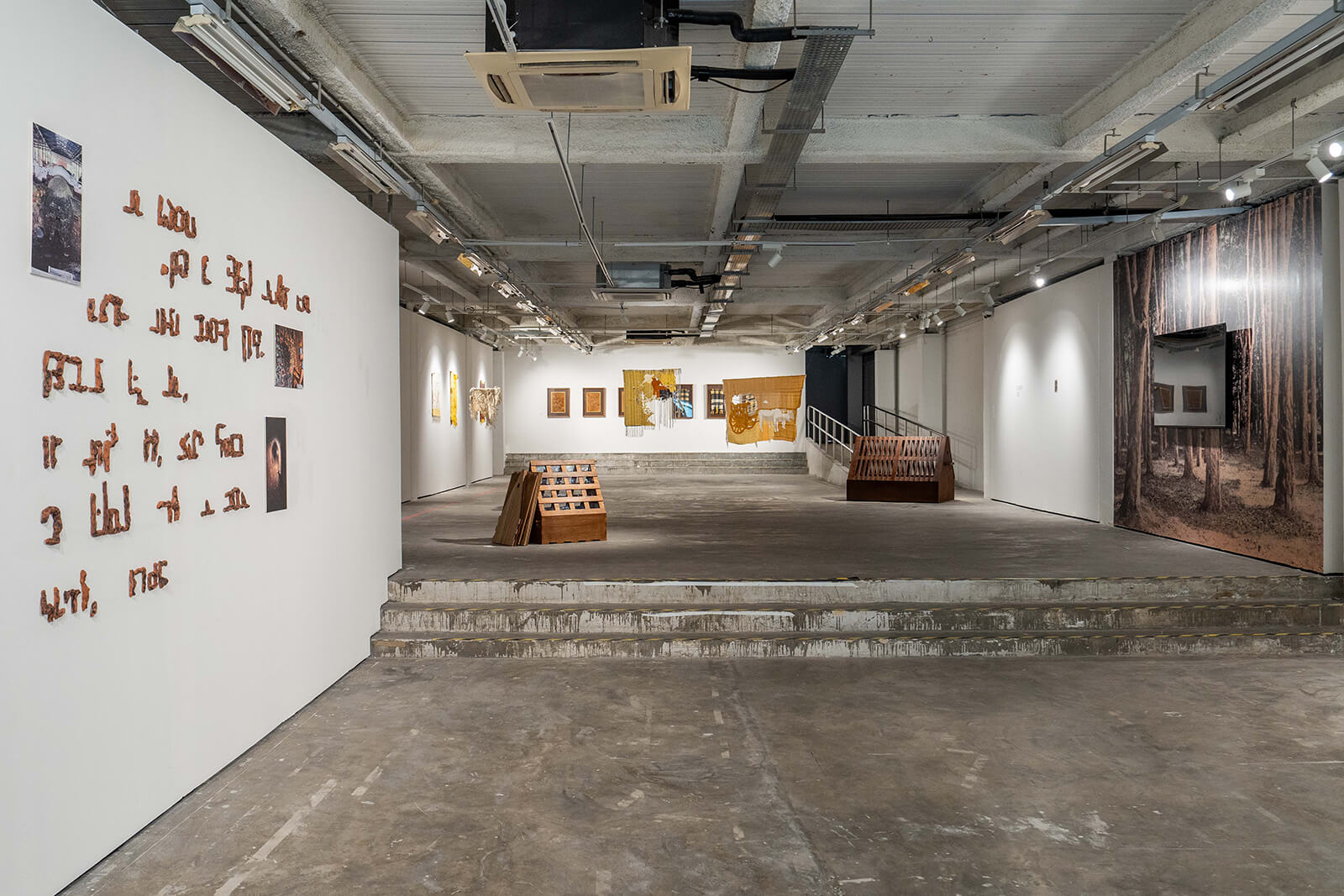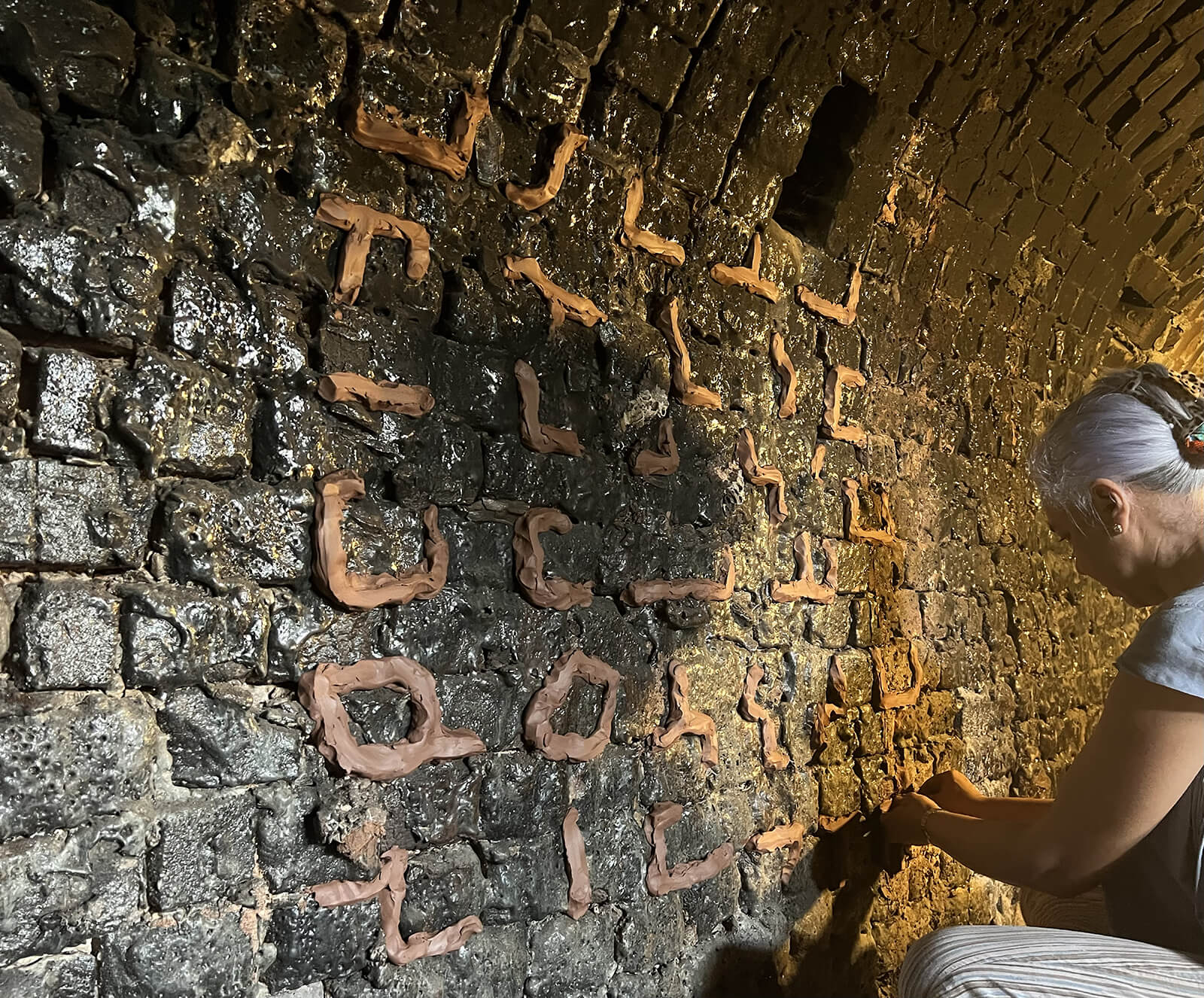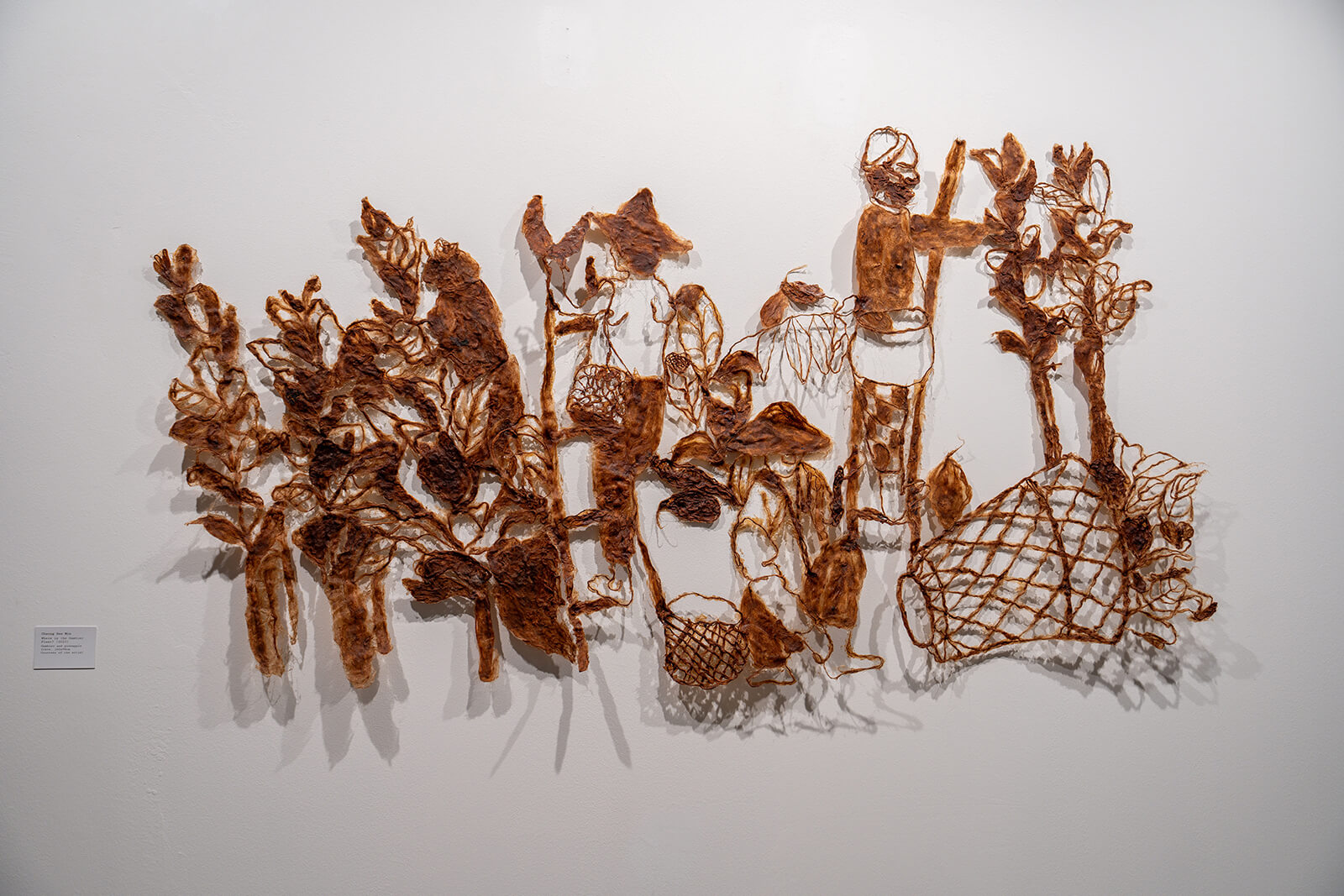Art Dubai 2025 honours collective identity, spotlighting eco-social urgencies
by Samta NadeemMay 07, 2025
•make your fridays matter with a well-read weekend
by Louis HoPublished on : Dec 20, 2023
Plantations, in the 21st century, are the subject of keen interest. At the University of Aarhus in 2014, a group of academics, including Donna Haraway, collectively coined the term "Plantationocene" to name, in her words, "the devastating transformation of diverse kinds of human-tended farms, pastures, and forests into extractive and enclosed plantations, relying on slave labour and other forms of exploited, alienated, and usually spatially transported labour." As an analytic lens through which to understand multispecies power relations or the enmeshed instrumentalisation of human labour, non-human species, and the environment alike in global capitalist production, the plantation is an apt concept. For instance, Singaporean artist Priyageetha Dia’s 2022 exhibition, Forget Me, Forget Me Not, at Yeo Workshop, channelled the history of South Asian labourers on Malaya’s rubber estates into modes of digital and immersive reimagining.

a seed, a shift and a lost pineapple—organised by The Institutum in a pop-up space at Singapore’s Gillman Barracks and curated by independent practitioner Clara Peh—excavates the socio-historical layers sedimented beneath plantation economies in this part of the world. The works of Cheong See Min, Madhvi Subrahmanian, and Marvin Tang are positioned as recuperative efforts, recovering voices otherwise erased from colonial narratives. The Southeast Asian outposts of the British Empire were largely dependent on the flow of maritime trade, but plantation-based agribusiness played a crucial role as well, a system propped up by an indentured workforce. Peh observes, "The use of land and labour have left a deep and lasting impact that can still be felt in Singapore. Artists have been exploring these histories and memories, helping us to better understand the structural violence, trauma, and environmental harm tied to the plantation economy.”
Cheong See Min’s tapestries are the most compelling objects on display. Her hand-woven panels are raw, sinewy, and tactile, to be experienced against the skin. A Cart of Lost Pineapples (2023), spun from pineapple leaf fibre and other varieties of yarn, reproduces an archival image of a buffalo-drawn cart, except that where the pile of fruit should be is a gaping hole in the fabric. The A Basket, a Parang, and a Hat series (2023) makes the autobiographical resonance of the artist’s practice clear: the titular items are employed in the harvesting of pineapples and are a familiar sight from her childhood. (The parang is a machete-like blade.) Several members of her family, including her grandmother, had been workers on pineapple farms in Johor state, Malaysia, and the personal ties she shares with a part of the region’s economic history elevates Cheong’s work above simple topical engagement, endowing the physical signs of disruption in the panels—the gaps and absences in her tableaux—with deeply felt undercurrents. Here, the intensely haptic surfaces of the weave almost seem to suggest the depth of sentiment attached to the subject matter.
Marvin Tang’s ongoing project, The Colony (2017-ongoing), tracks the migration of plants and bodies during the era of British imperialism. Featured in the show were several recreations of the Wardian case, a mobile terrarium, but, not unlike Cheong’s textiles, they seem to emerge from inert materiality only when put into conversation with more intimate expressions, including the lyrics to a folk song sung by South Asian plantation labourers printed on a nearby wall. Madhvi Subramanian’s art installation, A Letter From the Past (2023), is composed of clay sculptures shaped from cracks in the walls of the Guan Huat dragon kiln, one of two remaining such structures—firing chambers built in a long, snaking shape—in Singapore. The work alludes to the history of the site, which produced cups used in surrounding rubber plantations to collect latex. The piece, unfortunately, suffers in comparison to the autobiographical relevance and research-intensive dimensions of other works in the show; its utilisation of random shapes and abstract materiality to pay homage to the travails of plantation workers of yore seems, at best, a tenuous gesture.

What ultimately detracted from the timeliness and urgency of the exhibition’s thematics was its emphasis on human agency, with little attention paid to the more-than-human worlds encompassed within the teeming life of plantations. Anthropologist Sophie Chao, for one, in (Un)Worlding the Plantationocene: Extraction, Extinction, Emergence, writes of the “deadening force of Plantationocenic singularity and sameness” of monocrop oil palm estates, but also of such terrain as “zones of ecological emergence, where diverse plants, animals, and fungi are learning to co-exist with oil palm in new forms of symbiosis.” The world’s largest palm oil exporters are, after all, Singapore’s immediate neighbours; Indonesia and Malaysia together account for about 85 per cent of the global trade. Perhaps more could have been done by the exhibition’s creative team to include works that engage with the biodiverse potential of plantations, which are not simply historical sites of ethnic and socio-economic imbalance but encompass present-day realities that require rethinking along the lines of multispecies co-existence and alignment.

That noted, Singapore’s visual arts landscape, which has lost several spaces in recent years, is healthier for exploratory, independent efforts like the present exhibition. Co-founded by collector Andreas Teoh and the former Director of the Asia Society, the late Tan Boon Hui, The Institutum is, as Teoh points out, a non-profit organisation with limited resources that nonetheless aims “to make the art ecosystem more robust” through "international projects that respond also to the local and South East Asian context." It presented a site-specific installation by Yinka Shonibare, Justice for All, at the Arts House in Singapore in 2020, and supports a residency program for Southeast Asian artists with Gasworks London. At a moment when post-pandemic trajectories remain an open question, experimentation and cogent ideas, like the historical and ecological life of plantations, are exceedingly needed.
by Mrinmayee Bhoot Oct 06, 2025
An exhibition at the Museum of Contemporary Art delves into the clandestine spaces for queer expression around the city of Chicago, revealing the joyful and disruptive nature of occupation.
by Ranjana Dave Oct 03, 2025
Bridging a museum collection and contemporary works, curators Sam Bardaouil and Till Fellrath treat ‘yearning’ as a continuum in their plans for the 2025 Taipei Biennial.
by Srishti Ojha Sep 30, 2025
Fundación La Nave Salinas in Ibiza celebrates its 10th anniversary with an exhibition of newly commissioned contemporary still-life paintings by American artist, Pedro Pedro.
by Deeksha Nath Sep 29, 2025
An exhibition at the Barbican Centre places the 20th century Swiss sculptor in dialogue with the British-Palestinian artist, exploring how displacement, surveillance and violence shape bodies and spaces.
 surprise me!
surprise me!
make your fridays matter
SUBSCRIBEEnter your details to sign in
Don’t have an account?
Sign upOr you can sign in with
a single account for all
STIR platforms
All your bookmarks will be available across all your devices.
Stay STIRred
Already have an account?
Sign inOr you can sign up with
Tap on things that interests you.
Select the Conversation Category you would like to watch
Please enter your details and click submit.
Enter the 6-digit code sent at
Verification link sent to check your inbox or spam folder to complete sign up process



by Louis Ho | Published on : Dec 20, 2023
What do you think?